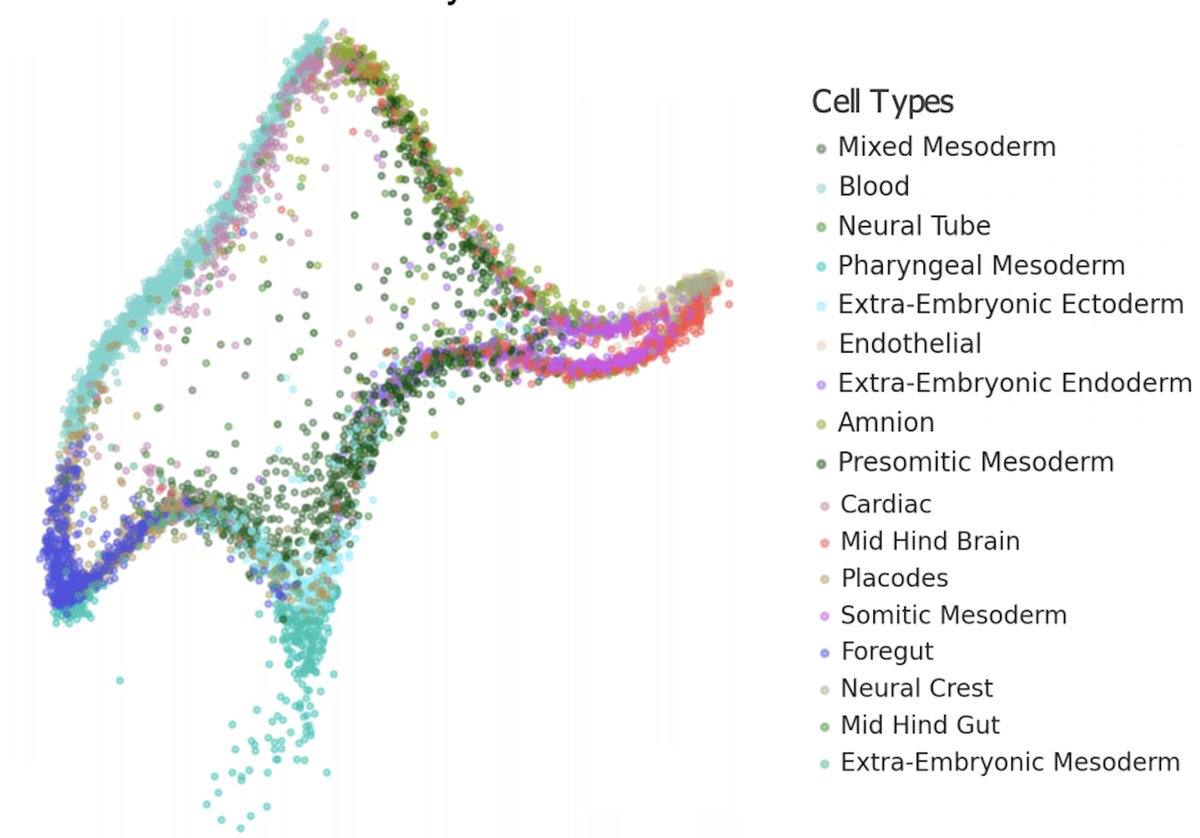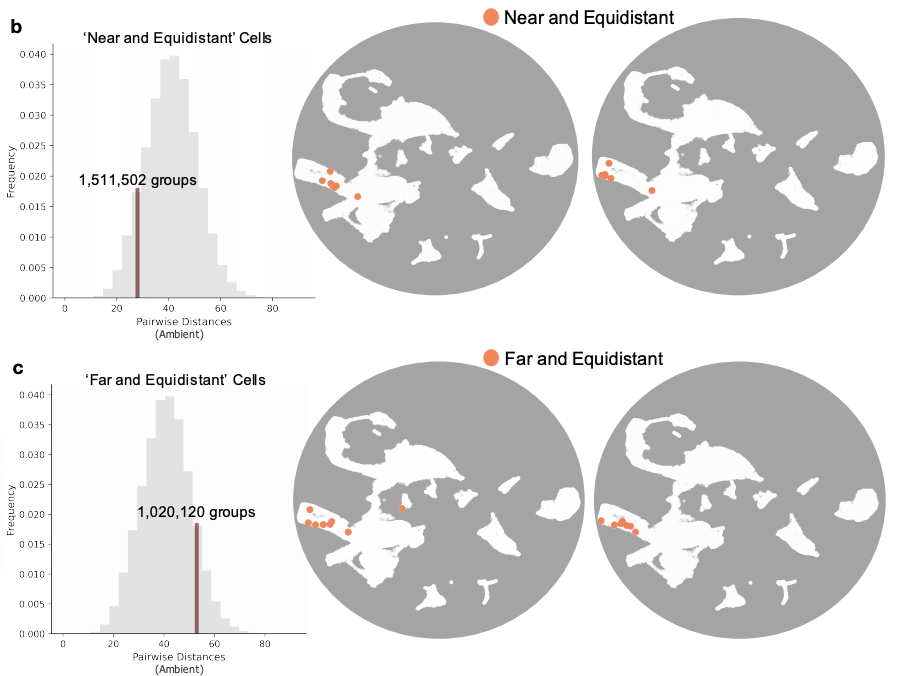
This tweet hit a nerve. 1/
https://twitter.com/HarmitMalik/status/1443079561600651264?s=20
In 2008, as a new professor of molecular and cell biology @UCBerkeley I presented at a seminar series intended to introduce 1st year students to research in the department. Two profs. presented each time, with food beforehand. I was paired with Thai food and Peter Duesberg. 2/
I knew of Peter Duesberg and his HIV/AIDS denialism, but I hadn't realized that he worked @UCBerkeley. We were now colleagues in the same department. 😱 3/
He came up to chat with me before the presentations. It was extremely awkward- how do you talk to someone who helped cause 300,000 deaths? 4/ theguardian.com/world/2008/nov…
I muttered something, gave my talk, and fled. I felt ashamed afterwards. I still do. This was not a time to be collegial, but to scream "go away!" and to warn the first-year students to get out. I did nothing of the sort. My politeness was cowardice. 5/
Another professor in the department wrote to me afterwards and said "too bad you were paired with Duesberg (but I heard that you fled before he began talking)". I still have the email dated 11/14/'08 and look at it from time to time to remind myself that silence is complicity. 6/
I was also a math professor at the time, and strangely, in that department I had been asked to *vouch* for Duesberg. Why, you might wonder, would someone in *math* care about me vouching for Duesberg? 7/
The reason was that one of Duesberg's strongest supporters, Serge Lang, was a regular visitor to the @UCBerkeley math department. 8/
Lang advocated for Duesberg, and some in the math department thought that as a computational biologist, I would be able to bolster Lang and Duesberg's claims. 😱 9/ link.springer.com/chapter/10.100…
In fact, when I found out what Lang was up to shortly after I joined the department in 1999, and protested, I was scolded and mocked for criticizing a "math genius".
https://twitter.com/lpachter/status/1287585691656806400?s=2010/
Amazingly, the math department still hosts a "Serge Lange Undergraduate Lectures" series. I've always wondered whether the speakers realize that they are honoring a person who indirectly, but forcefully, helped in bringing about 300,000 deaths in South Africa. 11/
In fact Lange ** and his HIV/AIDS bullshit ** was so popular among mathematicians that when he died, the @amermathsoc published Duesberg in the obituary. The @amermathsoc refused to publish a rebuttal by @shallit43 12/ recursed.blogspot.com/2006/09/counte…
At @Yale Lang's obituary referred to him as an "ethicist" and his HIV/AIDS denialism wasn't mentioned at all. 13/ news.yale.edu/2005/09/26/mem…
Duesberg was active for a few more years after 2008, coming to campus regularly. He is 84 years old now, and still a professor @UCBerkeley. We (California taxpayers) still pay him a salary of 170,600 per year. I guess it is what it is? 14/14 berkeley.edu/directory/resu…
• • •
Missing some Tweet in this thread? You can try to
force a refresh









